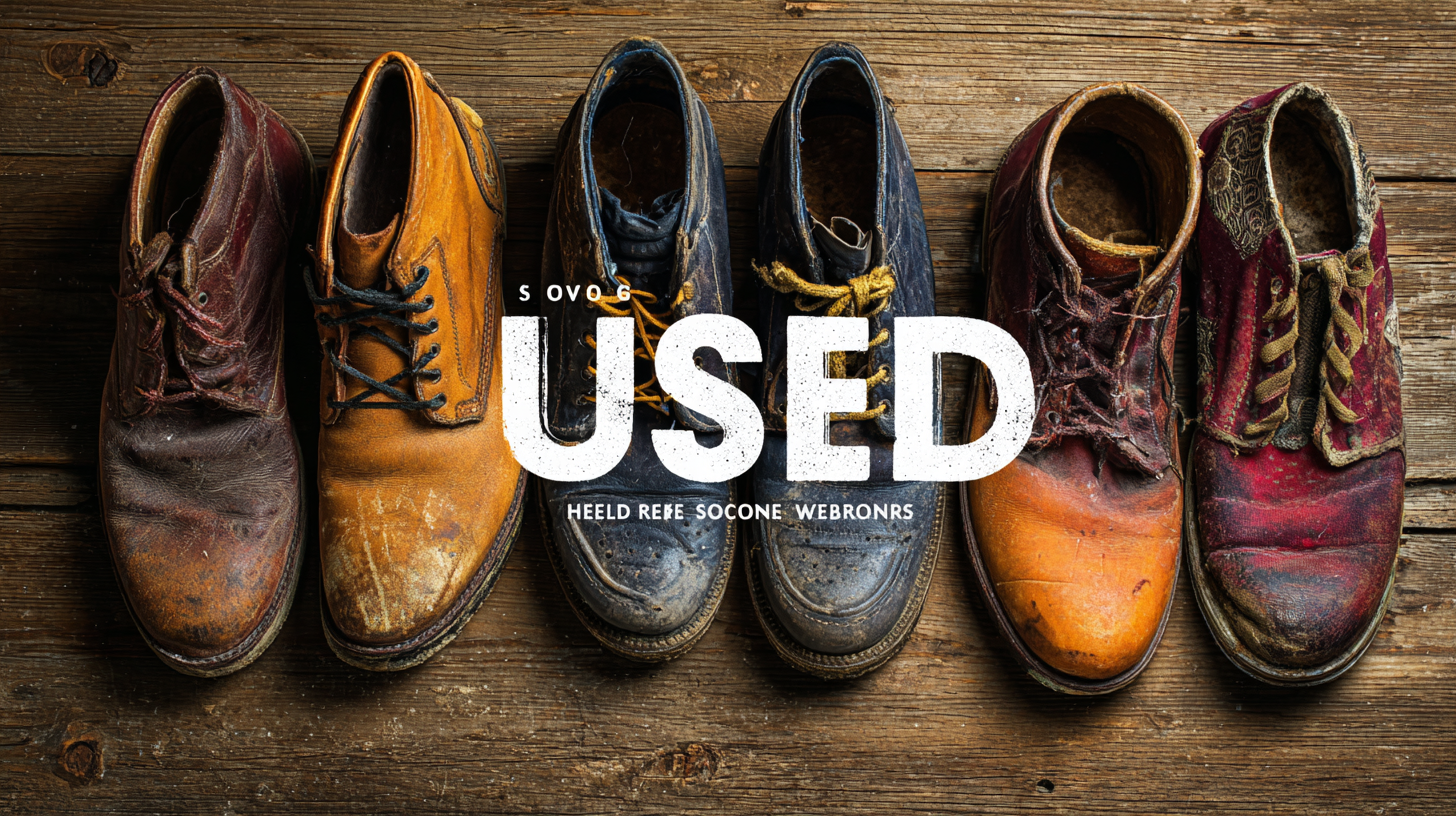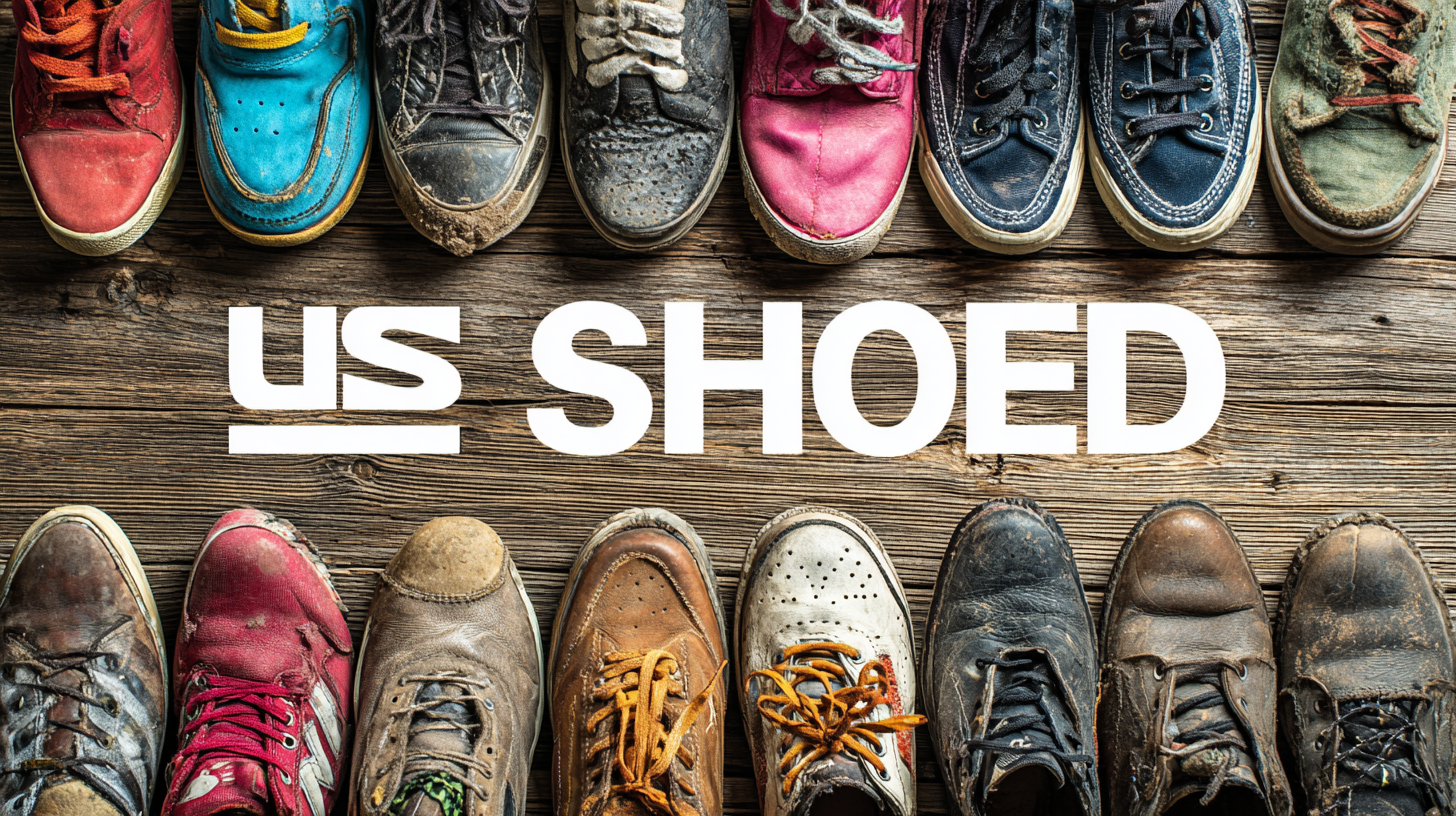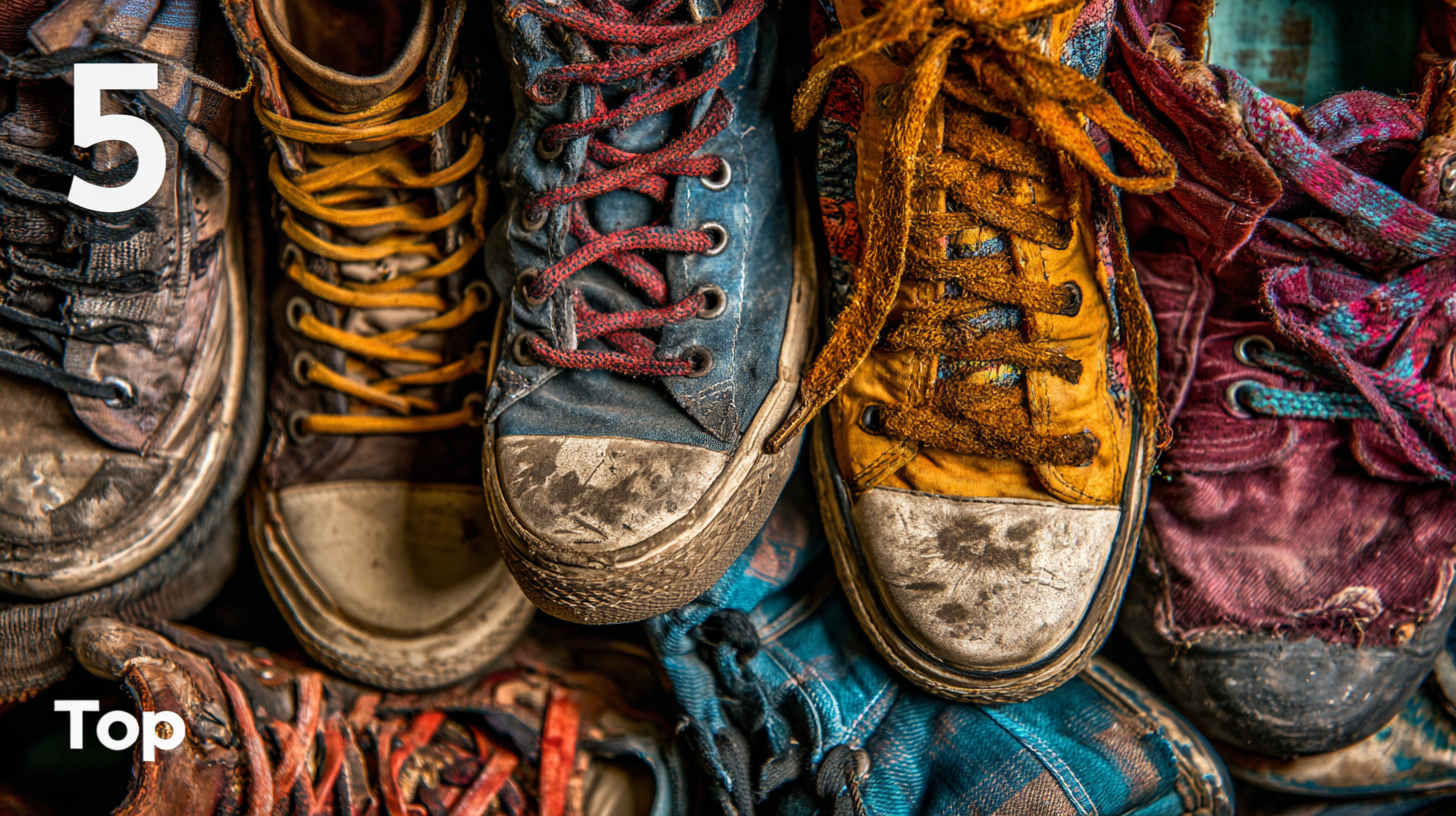Leave Your Message
As the global fashion industry comes under increasing scrutiny for its environmental impact, the shift towards sustainable practices has never been more critical. In a world where the textile waste problem is growing—with more than 92 million tons of textile waste generated each year according to the Ellen MacArthur Foundation—sourcing used clothing shoes emerges as a pivotal solution. Reports indicate that the resale market for used clothing is expected to reach $51 billion by 2023, highlighting a significant trend toward circular fashion.

By embracing the practice of sourcing high-quality used clothing shoes, consumers not only contribute to reducing landfill waste but also support ethical labor practices and promote a more sustainable lifestyle. This article explores the top reasons why opting for used clothing shoes is essential for fostering a sustainable future in fashion worldwide.
The rising market demand for used clothing, particularly shoes, is reshaping the landscape of sustainable fashion worldwide. Recent statistics indicate that the global second-hand apparel market is projected to reach $64 billion by 2024. This growth is driven by changing consumer attitudes toward sustainability, as people increasingly recognize the environmental impact of fast fashion. With an average American purchasing about 60 new clothing items each year, the shift towards thrift shopping and pre-owned clothing has never been more significant.
Moreover, this trend is not limited to a specific demographic. Younger consumers, particularly Gen Z and Millennials, are leading the charge, showing a preference for unique, affordable, and eco-friendly options. Reports show that over 70% of young consumers are willing to pay more for sustainable products, meaning that brands focusing on selling used clothing can tap into a lucrative market. As second-hand shopping becomes more mainstream, platforms facilitating the resale of pre-owned shoes and clothing are witnessing explosive growth, transforming the way people view style and consumption in a more sustainable light.
 The rise of secondhand fashion presents a significant opportunity to mitigate the environmental impact of the clothing industry, which is known for its enormous carbon footprint. Fast fashion stands as the second-largest consumer of water and contributes approximately 10% of global CO2 emissions, making it imperative for consumers to seek more sustainable options. By choosing used clothing and shoes, individuals can drastically reduce their carbon footprint, with some studies suggesting potential reductions by as much as 30%. This shift not only lessens demand for new production but also decreases the waste that inevitably fills landfills.
The rise of secondhand fashion presents a significant opportunity to mitigate the environmental impact of the clothing industry, which is known for its enormous carbon footprint. Fast fashion stands as the second-largest consumer of water and contributes approximately 10% of global CO2 emissions, making it imperative for consumers to seek more sustainable options. By choosing used clothing and shoes, individuals can drastically reduce their carbon footprint, with some studies suggesting potential reductions by as much as 30%. This shift not only lessens demand for new production but also decreases the waste that inevitably fills landfills.
As brands increasingly adopt circular economy practices, such as resale and repair models, the conversation surrounding secondhand fashion continues to grow. Consumers are becoming more aware of the environmental costs associated with new garments, prompting a desire for responsible shopping choices. Each purchase of secondhand items directly contributes to reducing resource consumption and greenhouse gas emissions, further emphasizing the impact of conscious consumption. By embracing used fashion, we can collectively promote a more sustainable future while enjoying unique and affordable wardrobe options.
Sourcing used clothing and shoes has become a pivotal choice in the movement toward sustainable fashion, providing significant economic benefits for both consumers and retailers. The shift towards a circular economy in the footwear industry reflects a growing awareness of environmental sustainability. As consumers seek alternatives to fast fashion, recycled shoes have gained traction, driven by a combination of personal values and the desire to save money. This trend not only reduces waste but also helps create a more sustainable model that aligns with global efforts to mitigate climate change.

Retailers can also capitalize on this momentum by sourcing quality used shoes. By doing so, they can offer affordability and uniqueness that fast fashion often lacks. Additionally, the imposition of tariffs has made secondhand stores more attractive, as they remain unaffected while traditional retailers struggle with cost increases. Research has shown that state sales tax holidays can further enhance consumer purchasing power, making secondhand options even more appealing to lower-income shoppers. This dual benefit of cost savings and environmental impact creates a compelling case for sourcing the best-used footwear, fostering a more sustainable future for the entire fashion industry.
Circular fashion is revolutionizing the way we approach production and consumption in the clothing and footwear industries. By emphasizing the lifecycle of products, circular fashion not only reduces waste but also fosters a more sustainable relationship between consumers and their clothing. This concept encourages the redesign of supply chains to prioritize durability, repairability, and recyclability, thereby minimizing the environmental impact of fast fashion.
Incorporating circular principles into fashion means rethinking how we source and acquire clothing and shoes. Sourcing the best used items supports a circular economy by prolonging the life of garments and reducing the demand for new products. This shift not only conserves resources and reduces carbon emissions but also empowers consumers to participate actively in sustainable practices. By choosing high-quality second-hand items, consumers contribute to a culture where fashion is not disposable but a valuable resource that can be reused and cherished, paving the way for a more responsible and environmentally friendly industry.
| Reason | Impact on Sustainability | Consumer Behavior | Economic Benefit |
|---|---|---|---|
| Reduce Waste | Extends the life cycle of clothing, decreasing landfill contributions. | Increasing awareness regarding the impact of fast fashion. | Lower cost for consumers compared to new clothing. |
| Lower Carbon Footprint | Minimizes resource extraction for new materials. | Shift towards sustainable purchasing habits. | Potential savings on eco-friendly options. |
| Promote Local Economies | Encourages trade in second-hand markets. | Increased interest in local thrift shops and markets. | Supports local entrepreneurs and small businesses. |
| Encourages Recycling | Promotes reuse and recycling initiatives. | Consumers are more willing to recycle when they recognize the value. | Potential profits from recycled materials. |
| Unique Fashion Choices | Supports creative and personalized fashion expressions. | Trends toward individuality and sustainability. | Value found in rare or vintage pieces. |
The sustainable fashion movement is gaining momentum, with a notable X% increase in secondhand shopping habits reported this year. This shift is driven by a growing awareness of environmental issues and a desire to reduce waste. According to a recent report by ThredUp, the secondhand market is projected to reach $64 billion by 2024, indicating a significant consumer shift towards sustainable choices. As consumers become more eco-conscious, they are increasingly opting for used clothing and shoes, recognizing that they can make stylish and sustainable choices without compromising quality.
